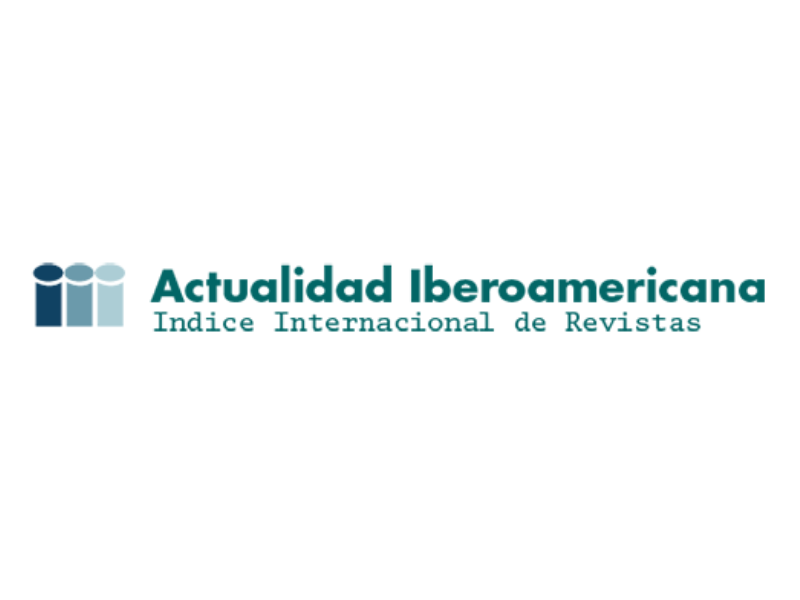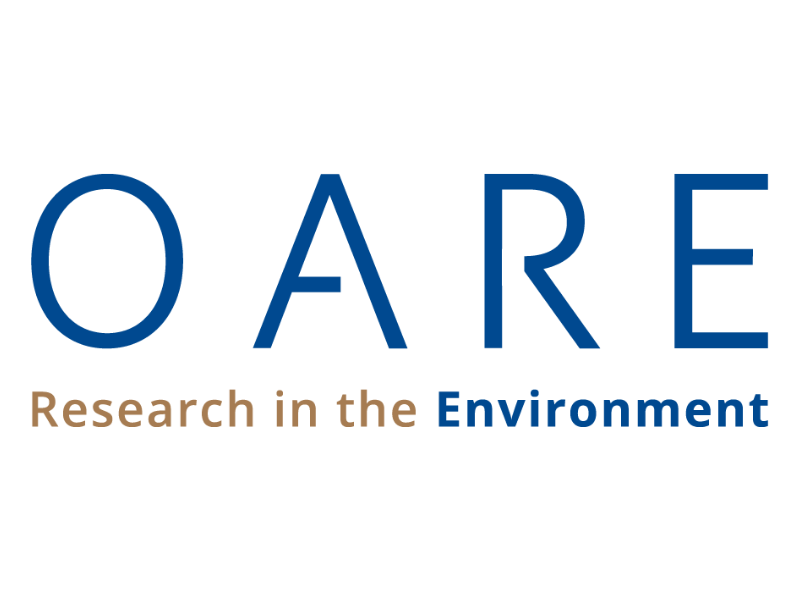Removal of lead, mercury and nickel using the yeast Saccharomyces cerevisiae
Removal of lead, mercury and nickel using the yeast Saccharomyces cerevisiae
Show authors biography
ABSTRACT
Objective. In this study the biomass of the yeast Saccharomyces cerevisiae was used to remove lead, mercury and nickel in the form of ions dissolved in water. Materials and methods. Synthetic solutions were prepared containing the three heavy metals, which were put in contact with viable microorganisms at different conditions of pH, temperature, aeration and agitation. Results. Both individual variables and the interaction effects influenced the biosorption process. Throughout the experimental framework it was observed that the biomass of Saccharomyces cerevisiae removed a higher percentage of lead (86.4%) as compared to mercury and nickel (69.7 and 47.8% respectively). When the pH was set at a value of 5 the effect was positive for all three metals. Conclusions. pH was the variable that had a greater influence on the biosorption of lead on the biomass of Saccharomyces cerevisiae. The affinity of the heavy metals for the biomass followed the order Pb>Hg>Ni.
Article visits 1241 | PDF visits
Downloads
- Volesky B. Biosorption and me. Water Res 2007; 41:4017-4029. http://dx.doi.org/10.1016/j.watres.2007.05.062
- Wang J, Chen C. Biosorbents for heavy metals removal and their future. Biotechnol Adv 2009; 27:195–226. http://dx.doi.org/10.1016/j.biotechadv.2008.11.002
- Li C, Xu Y, Jiang W, Dong X, Wang D, Liu B. Effect of NaCl on the heavy metal tolerance and bioaccumulation of Zygosaccharomyces rouxii and Saccharomyces cerevisiae. Biores Technol 2013; 143:46–52. http://dx.doi.org/10.1016/j.biortech.2013.05.114
- Soares E, Soares H. Bioremediation of industrial effluents containing heavy metals using brewing cells of Saccharomyces cerevisiae as a green technology: A review. Env Sci Pollut Res 2012; 19:1066-1083. http://dx.doi.org/10.1007/s11356-011-0671-5
- Gohari M, Hosseini S,Sharifnia S, Khatami M. Enhancement of metal ion adsorption capacity of Saccharomyces cerevisiae's cells by using disruption method. J Taiwan Inst Chem E 2013; 44:637–645. http://dx.doi.org/10.1016/j.jtice.2013.01.002
- Wang J, Chen C. Biosorption of heavy metals by Saccharomyces cerevisiae: A review. Biotechnol Adv 2006; 24:427–451. http://dx.doi.org/10.1016/j.biotechadv.2006.03.001
- Mack CL, Wilhelmi B, Duncan JR, Burgess JE.Biosorptive recovery of platinum from platinum group metal refining wastewaters by immobilised Saccharomyces cerevisiae. Water Sci Technol 2011; (63):149-55. http://dx.doi.org/10.2166/wst.2011.025
- Soares E, Soares H. Cleanup of industrial effluents containing heavy metals: a new opportunity of valorising the biomass produced by brewing industry. Appl Microbiol Biotechnol 2013; 97(15):6667-6675. http://dx.doi.org/10.1007/s00253-013-5063-y
- Ruta L, Paraschivescu C, Matache M, Avramescu S, Farcasanu I C. Removing heavy metals from synthetic effluents using "kamikaze" Saccharomyces cerevisiae cells. Appl Microbiol Biotechnol 2010; 85:763–771. http://dx.doi.org/10.1007/s00253-009-2266-3
- Li T, Liu Y, Peng Q, Hu X, Liao T, Wang H, Lu M. Removal of lead(II) from aqueous solution with ethylenediamine-modified yeast biomass coated with magnetic chitosan microparticles: Kinetic and equilibrium modeling. Chem Eng J 2013; 214:189-197. http://dx.doi.org/10.1016/j.cej.2012.10.055
- Ramírez M, Pereira M, Ferreira S, Vasco O, Ocampo C. Packed bed redistribution system for Cr(III) and Cr(VI) biosorption by Saccharomyces cerevisiae. J Taiwan Inst Chem E 2012; 43: 428–432. http://dx.doi.org/10.1016/j.jtice.2011.12.002
- APHA. Métodos normalizados para el análisis de aguas potables y residuales. Método 3112 B. 3-23, 3-24. 21ª Edición. Espa-a. Editorial Díaz de Santos; 2005.
- Özer A, Özer D. Comparative study of the biosorption of Pb(II), Ni(II) and Cr(VI) ions onto S. cerevisiae: determination of biosorption heats. J Hazard Mater 2003; B100:219–229. http://dx.doi.org/10.1016/S0304-3894(03)00109-2
- Chen C, Wang J. Influence of metal ionic characteristics on their biosorption capacity by Saccharomyces cerevisiae. Appl Microbiol Biotechnol 2007; 74:911–917. http://dx.doi.org/10.1007/s00253-006-0739-1
- Zhang Y, Fan C, Meng Q, Diao Z, Dong L, Peng X et al. Biosorption of Pb2+ by Saccharomyces cerevisiae in Staticand Dynamic Adsorption Tests. Bull Environ Contam Toxicol 2009; 83:708–712. http://dx.doi.org/10.1007/s00128-009-9847-9
- Skountzou P, Soupioni M, Bekatorou A, Kanellaki M, Koutinas A, Marchant R et al. Lead(II) uptake during baker's yeast production by aerobic fermentation of molasses. Process Biochem 2003; 38:1479-1482. http://dx.doi.org/10.1016/S0032-9592(03)00023-2
- Galedar M, Younesi H. Biosorption of ternary cadmium, nickel and cobalt ions from aqueous solution onto Saccharomyces cerevisiae cells: batch and column studies. Am J Biochem Biotechnol 2013; 9(1):47-60. http://dx.doi.org/10.3844/ajbbsp.2013.47.60
- Machado M, Soares E, Soares H. Removal of heavy metals using a brewer's yeast strain of Saccharomyces cerevisiae: chemical speciation as a tool in the prediction and improving of treatment efficiency of real electroplating effluents. J Hazard Mater 2010; 180(1-3):347-53. http://dx.doi.org/10.1016/j.jhazmat.2010.04.037
- Suazo E, Morales L, Cristiani M, Cristiani E. Efecto del pH sobre la biosorción de níquel (II) por Saccharomyces cerevisiae var. ellipsoideus. Rev CENIC Cienc Quim 2010; 41:1-12.
- Zhang Y, Liu W, Zhang L, wang M, Zhao M. Application of bifunctional Saccharomyces cerevisiae to remove lead(II) and cadmium(II) in aqueous solution. Appl Surf Sci 2011; 257:9809–9816. http://dx.doi.org/10.1016/j.apsusc.2011.06.026























